About the Author
Paul Craddock is Honorary Senior Research Associate of both the Division of Surgery at UCL and the Science Museum, London. His PhD explored how transplants have for centuries invited reflection on human identity, a subject on which he has also lectured internationally. Spare Parts, which has already won a Special Commendation from the Royal Society of Literature, is his first book.
Acknowledgements
My interest in the history of transplant surgery sprang from a photograph of a student, Jennifer Sutton, peering at her own heart through the glass of a museum case. This seemingly impossible situation came about in 2008 when, as a teenager, Sutton received a transplant as treatment for cardiomyopathy, a life-threatening condition that meant the walls of her heart had grown thicker than they were supposed to be. Just three months before the photograph was taken, she had donated her old heart to the Wellcome Collection in London, which arranged for it to be a special exhibit in its first public exhibition. Finally, she told reporters as she gazed at the dead specimen with another persons heart beating away inside her, I can see this odd-looking lump of muscle that has given me so much upset. The photographer captured both a touching story of a life saved and an implausible reality: a woman, with eyes full of life, staring at her own heart while her breath formed droplets on the outside of its case. I have never met Jennifer Sutton, but I have her to thank for the shivers her story sent up my spine, for helping me realize how transplant surgery goes beyond its image as a sterilized, scrubbed-up, hospital-bound affair.
I am most thankful for those at the centre of this book-writing process. Spare Parts would be far from publishable if it wasnt for the incredible Jenny Hewson, my agent, who took on and spent many hours with this project when it looked quite different. It was called Dragon in a Suitcase back then an opaque title that my editors Assallah Tahir and Juliet Annan saved me from having to explain every time I mentioned my book. To them, I am more grateful than I can express, for their immense contributions, commitment and support for me as an author. It has been a privilege to work and grow as a writer under their care, as it has to work with Trevor Horwood, whose detailed copy-editing improved this book immeasurably. Thank you, too, to Helen Garnons-Williams and all the staff at Fig Tree and Penguin Books.
The Wellcome Collection and Library, the British Library, UCL, Science Museum, Victoria and Albert Museum and Royal College of Surgeons have been constant sources of inspiration, as have the scores of people who have supported me in this project. James Peto, Sharon Messenger, Daniel Rees, Colin MacCabe, Laura Mulvey, Parveen Adams, Marco Daniel, Barry Curtis, Patrick Wright, Sharon Ruston, Tim Boon, Peter Morris all in one way or another shaped my early ideas. Phoebe Harkins and Ross MacFarlane deserve a special mention, as do Marja Ajmar and Heide Hatry. I am thankful, also, for the stimulating intellectual environment of the London Consortium, which is sadly now defunct, and especially Steven Connor, who spent more time and energy than anyone steering my early work. The late Mark Cousins was also a thought-provoking supervisor on the PhD project for a short period, as was Holly Tucker, whose work on seventeenth-century transfusion has helped me mould this narrative.
In my work on vascular anastomosis (sewing together blood vessels) I have drawn on the expertise of Fleur Oakes, who helped me formulate and put into words my thoughts on the significance of seeing the body as a textile or fabric. We met through Roger and Dusia Kneebone, whom I thank for a decade of inspirational talk and work. Roger also introduced me to the late John Wickham, and his wife, Ann, as well as the late Gunther Kress. I am sad that neither John nor Gunther will ever be able to read this book.
UCLs Department of Surgery and Interventional Sciences has also played an essential part in the making of this book. I particularly thank Barry Fuller. He is also responsible for my honorary position as Senior Research Associate at UCL. I am indebted, too, to the kidney-transplant pioneer Ossie Fernando and his son Bimbi, also a transplant surgeon, who, along with Barry, read through drafts of this work. As well as being a privilege to work with, they have both been valuable friends over the last decade or so. Thanks, too, to Clare Seldon, Chau Chong and Bern.
Thank you especially to Anna Harris for unparalleled support, inspiration and encouragement. And other colleagues in the Netherlands Peter Peters, Bernike Pasveer, Karin Bijsterveld, Harro van Lente, Saskia Everts, Sven Dupr, Marjolijn Bol have my sincerest gratitude for freely and generously giving their time to read through and discuss some of the ideas in this book.
The College of Physicians of Philadelphia Library very kindly offered me a Wood Institute Travel Grant, which enabled me to conduct a period of research in Philadelphia. I am indebted to Beth Lander, George Wohlreich and Robert Hicks there. Thank you particularly to Jacqui Bowman for making this and my various other visits to Philadelphia rewarding, and to Jeanene Johnson, who for a while and for reasons beyond me believed my name was Dr Crumpet.
I extend a special thanks to Hayley Kruger at the Royal College of Surgeons in London for arranging for me to use the image of John Hunters specimen P56. I thank, too, Joshua Gershlak and Glenn Gaudette for permission to use their spinach heart leaf, and Hennie Joubert at the Heart of Cape Town Museum for his support.
It was a great encouragement to receive a special commendation for an early draft of this work from the Royal Society of Literatures Giles St Aubyn Award. It was a tremendous confidence boost at the right time of my writing career to have this acknowledgement. Thank you to Iain Sinclair, Laura Bates, Aida Edemariam and Fiona St Aubyn for judging my work to be worthy of praise. And to Molly Rosenberg and the staff at the RSL for all their exceptional work.
It remains to thank family and a few close personal friends for their support as I wrote this book. Matt Redman, Sally Marlow, Kelley Swain, Malcolm Creese, Eileen Dreyer, Martin Grant, Sharon Smithson, Remo Leonzi, Miranda Lowe York, Verena, and Eva Gersbach, and Karen and Fritz Reklah. Janice and Bill Rossen have shown unstinting support through all this projects various versions and drafts, and (Auntie) Shirley and (Uncle) Bill Tull have given more support than they know (including much of the contents of our home).
Finally, the greatest debt is to my grandparents, Mavis and James Little, and mother, Kim Craddock. And to my wife, Patricia Hammond, to whom this book is dedicated.


1. Skin (15501597)
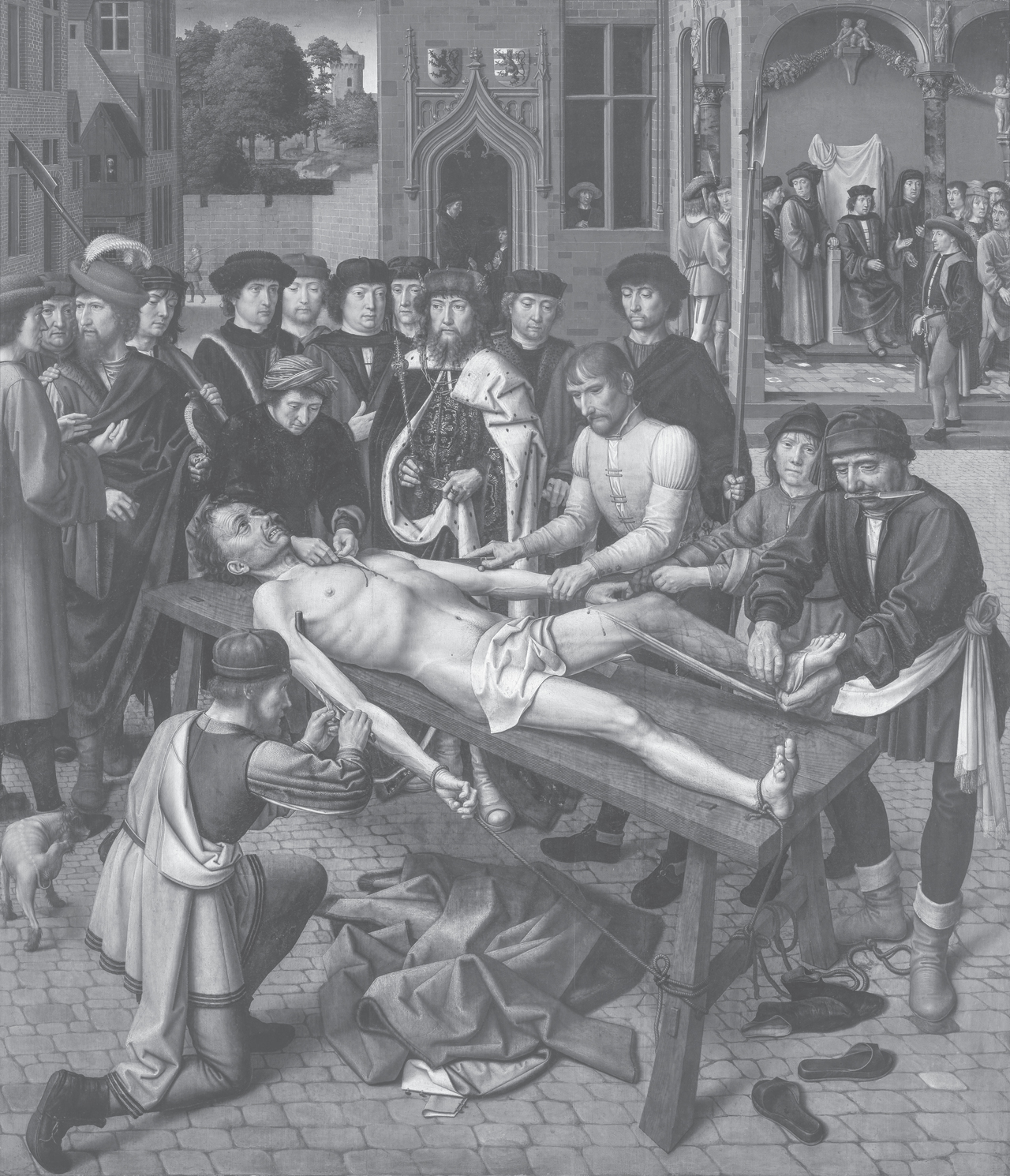 Figure 1
Figure 1 Gerard David: the flaying of Sisamnes from The Judgement of Cambyses, 1498, oil on wood.
The flaying of Sisamnes, a corrupt Persian judge, comprises one half of The Judgement of Cambyses, a 1498 diptych by Gerard David. Sisamnes is tied to a table, his modesty covered by a towel lest the sight of a penis should offend us as we witness four knife-wielding torturers peel the skin from his legs, arms and torso. His clenched teeth and veins popping in agony differentiate this still-living person from a body on an anatomists table. The action is freeze-framed just moments before his identity and humanity are peeled away like the skin of a rabbit, leaving only impersonal flesh and bone. After the flaying, the king appointed the judges son to replace his father at court. You can see him enthroned on the top right of the painting. The new judges chair is a gift from the king, who, for reasons of poetry and deterrence, had it upholstered in Sisamness skin.

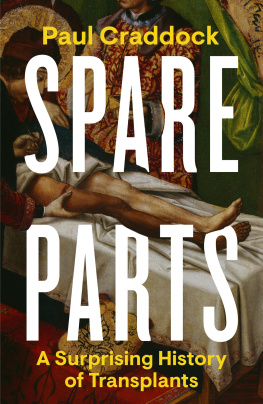


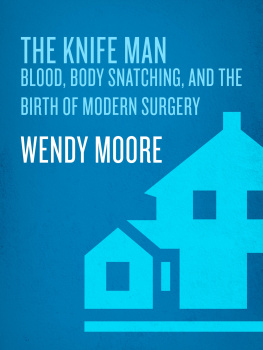
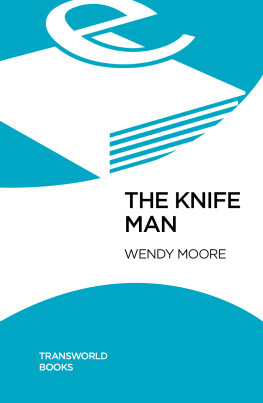
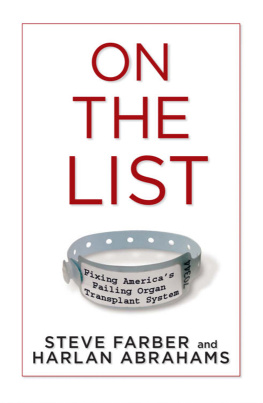
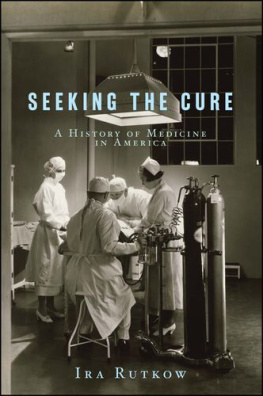
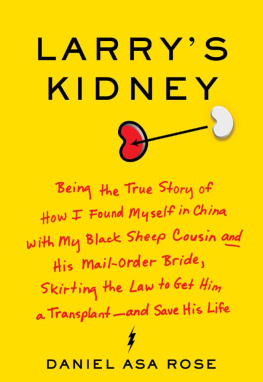



 Figure 1 Gerard David: the flaying of Sisamnes from The Judgement of Cambyses, 1498, oil on wood.
Figure 1 Gerard David: the flaying of Sisamnes from The Judgement of Cambyses, 1498, oil on wood.